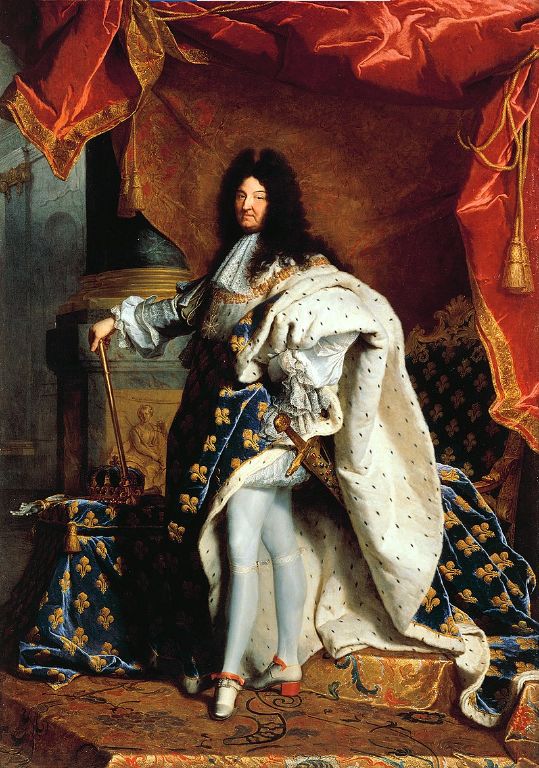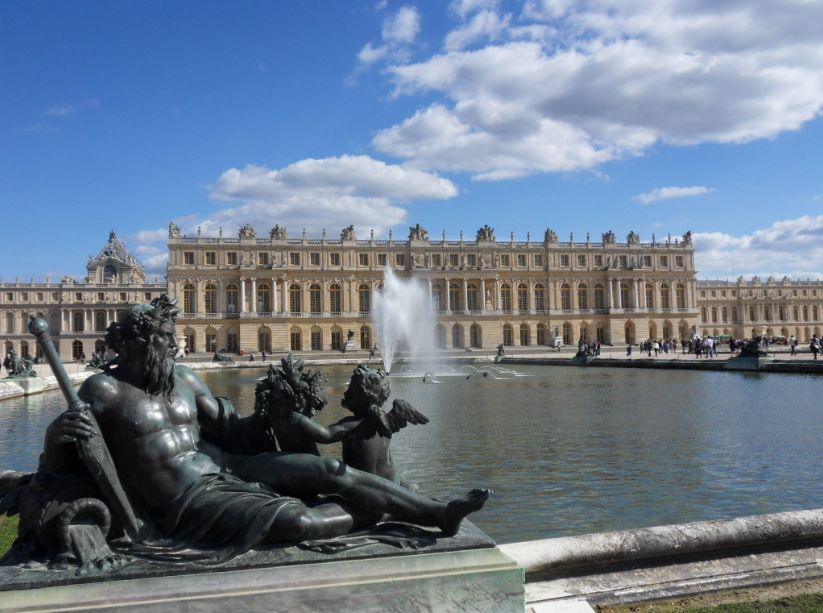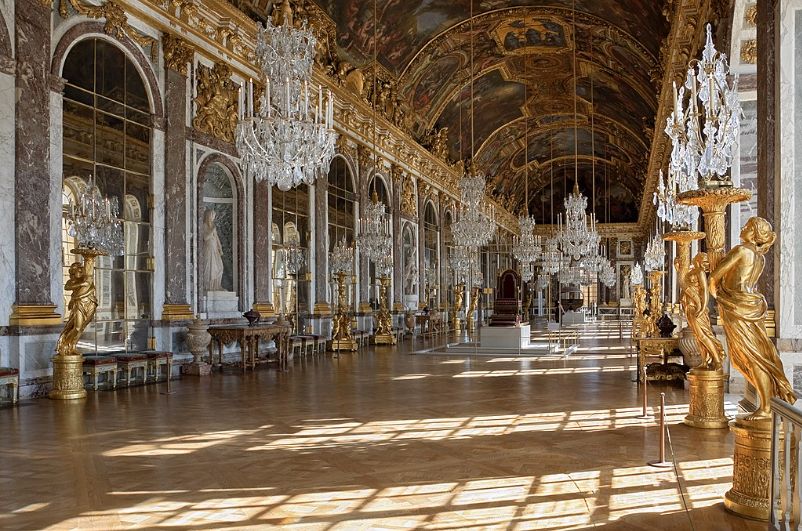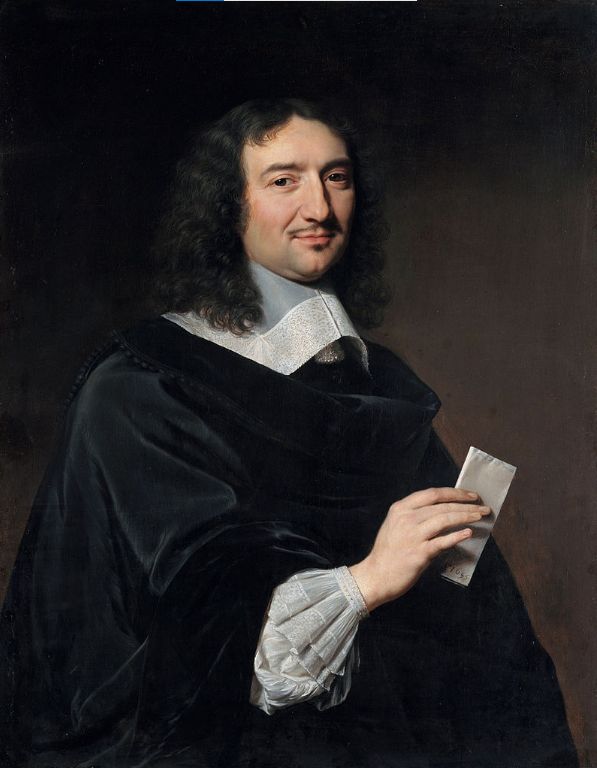In the late 17th century, France witnessed a profound transformation in the role of art, centering on its use as a tool of political power. The grandeur and solemnity of the Louis XIV style were not merely aesthetic choices but political strategies. Through disciplined and hierarchical visual arts, artists served the absolute monarchy, vividly portraying Louis XIV's political ambitions and royal achievements. During this period, French visual art became a symbol and display of power.

The Louis XIV period was marked by a consolidation of French absolutism, beginning in 1661. Louis XIV diminished the power of the old feudal nobility, concentrating authority in the hands of new nobles, known as the "noblesse de la robe." These new nobles wielded significant power, some even serving as ministers. They were crucial supporters of Louis XIV's political and artistic strategies.

Great artists of the time, such as Nicolas Poussin, found patrons among the upper classes. Poussin's later works, characterized by serious and austere styles, appealed to this elite audience. Architect Louis Le Vau designed the Vaux-le-Vicomte castle for the finance minister Nicolas Fouquet, a precursor to the Palace of Versailles. The visual arts at Vaux-le-Vicomte, including garden designs, celebrated absolutism with classical authority, clarity, and grandiosity. Impressed by the castle, Louis XIV had Fouquet arrested on charges of embezzlement and co-opted his architects, artists, and craftsmen.

Jean-Baptiste Colbert played a significant role in advancing Louis XIV's artistic agenda. Colbert, coming from a humble background, was Louis XIV's advisor in political, economic, religious, and artistic matters. He gathered skilled tapestry workers, furniture makers, and other craftsmen in the Gobelins manufactory to create furnishings for the royal palace. Under the influence of painter Charles Le Brun, who was inspired by Poussin, Colbert also reformed the Parisian Academy of Painting, transforming it into a public institution that offered comprehensive art training. The Academy's codification and authoritarian tendencies were evident in Le Brun's lectures on how to "correctly" depict emotions and his practice of sending promising students to Rome to study and emulate famous ancient sculptures and Renaissance paintings.

André Le Nôtre's design of the extensive gardens at Versailles exemplified Louis XIV's determination to be Europe's greatest ruler. The Palace of Versailles, completed over nearly half a century by several generations of designers, artists, and craftsmen, exhibited an extraordinary conceptual coherence despite the evolving architectural plans. Even the smallest decorative details required the king's approval, many of which directly represented or symbolized Louis XIV. The Hall of Mirrors, with its large windows overlooking an entirely artificial landscape and tall mirrors on the opposite wall, exemplified this grand design. Charles Le Brun depicted historical wars in classical mythological language on the ceiling, presenting the king as Apollo.
As time progressed, French art styles began to change. By the late 17th century, there was a movement against rigid formalism, challenging the dominant academic classicism. Followers of the Rubens style began to contest Poussin's preeminence, while middle-class patrons who collected Dutch and Flemish genre paintings started to influence French art history for the first time.
Louis XIV's period of art was not just about aesthetic pursuit but also a reflection of political intentions. Through art, Louis XIV successfully displayed his political ambitions and royal achievements to the world, solidifying his authority. Whether it was the magnificent Palace of Versailles or the intricate decorative details, art and politics were perfectly intertwined. During this era, art became an essential tool for absolute politics, showcasing the splendor of power and the glory of the monarch.